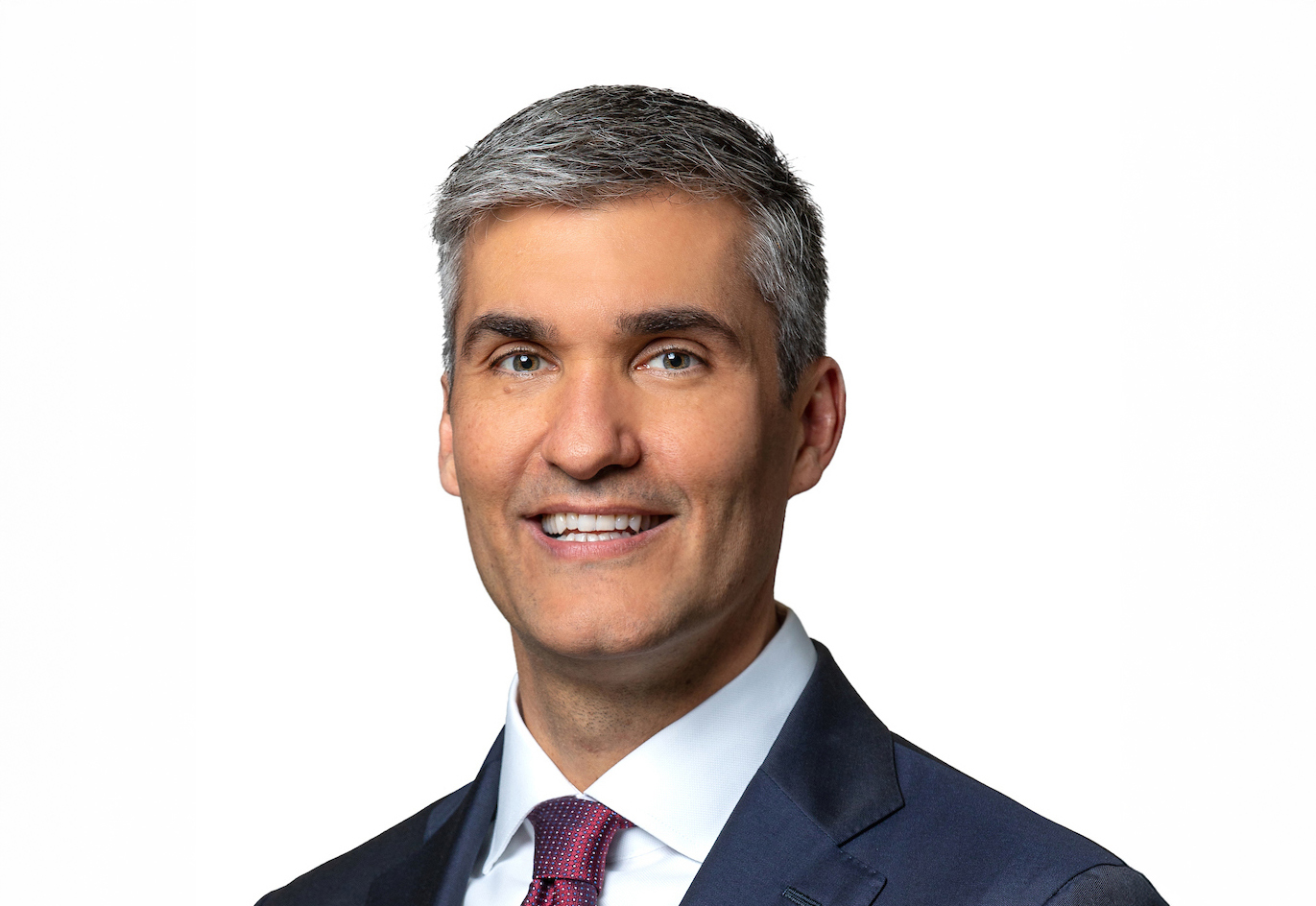
Fortunately, the rate of new treatment development for AMD has increased. Currently, many patients with wet AMD require an injection into the eye every 4-6 weeks to preserve their vision. Those with advanced dry AMD, also called geographic atrophy (GA), currently have no effective treatments available to them but several may become available this year.
Wet AMD
For wet AMD, the standard treatments are intraocular injections of drugs that block vascular endothelial growth factor (VEGF). These drugs (Eylea™, Lucentis™, Avastin™, Beovu™, Vabysmo™) need to be injected at variable frequency, depending on the patient and the drug. Beovu can last as long as three months in about 50% of patients but has been associated with severe inflammation in a small percentage of patients receiving the drug. The recently approved drug Vabysmo targets both VEGF and another related protein called Ang-2. Based on clinical trials, this drug can be given as infrequently as once every four months in about 50% of patients. Higher dose Eylea is also being tested and may last as long as four months in about half of treated patients.
Susvimo* relies on a new device, a rigid port delivery system (RPDS), that is implanted into the wall of the eye in the operating room and can store, and slowly release, Lucentis. This can result in fewer office visits and treatments. Once the RPDS runs out of Lucentis, it can be refilled during an office visit. The device was approved in 2021 by the FDA. In one clinical trial, only 1.6% of patients who had their RPDS refilled at 6 month intervals required any additional anti-VEGF injections.
Retinal gene therapy for AMD appears very promising now that retinal gene therapy has been approved by the FDA for another disease called Leber’s Congenital Amaurosis. RGX-314 is an anti-VEGF treatment delivered by gene therapy. It has the potential to block VEGF for years following a surgical procedure in which a harmless virus, called adeno-associated virus (AAV), carrying the anti-VEGF gene, is injected under the retina in the operating room. In a phase I/II trial with 42 patients, nine of the 12 patients receiving the highest virus dose did not require any further anti-VEGF injections in the six months following the RGX-314 injection. No drug related serious adverse events were observed. Phase III trials are now underway and are expected to conclude in 2023. ADVM-022 is another AAV-anti-VEGF gene therapy, but in contrast to RGX-314, it is injected into the vitreous jelly, like Lucentis, Eylea, and Avastin. This means that it can be delivered in the office rather than the operating room. Eight out of 15 patients given a single injection did not need any further anti-VEGF treatments for 1.7 years, but inflammation has been a serious issue at the higher doses.
Another drug that blocks VEGF, by inhibiting its receptor, is called Sunitinib. One form is injected into the eye as a sustained release depot (GB-102) and lasted at least six months in a phase I/IIa clinical trial. It’s now moving to phase III trials.
Since VEGF isn’t the only protein that signals harmful blood vessels to grow and leak in wet AMD, several drugs targeting additional proteins are being tested in combination with anti-VEGFs. Dorzolamide-timolol is an eye drop used for glaucoma. Early results suggest these eye drops can decrease retinal fluid accumulation in wet AMD in combination with injected anti-VEGF drugs. Another drug targeting new forms of VEGF, called VEGF C and D (OPT-302), is also in phase II trials, injected in combination with a traditional VEGF inhibitor. Results of this trial show that patients receiving monthly injections of OPT-302 in combination with Lucentis had better visual acuity outcomes than Lucentis alone.
Geographic Atrophy
The first treatment for geographic atrophy was approved in February 2023; there are several other promising treatments in clinical trials. BrightFocus is funding innovative research into new drugs and ways to manage and treat this complex form of AMD.
However, in a phase III trial, the complement C3 inhibitor Apl-2, reduced the expansion rate of the area of atrophy by about 25%. Complement is an arm of the immune system that seems to be overactive in AMD. Apl-2 is injected into the eye either monthly or every other month. The FDA is currently considering Apl-2 for approval, but a second trial did not reduce the expansion rate as much, so the FDA’s decision is hard to predict. Zimura™, which inhibits another protein in the complement cascade, C5, is also being tested by intraocular injection for GA. In a phase II trial, it slowed the growth of GA. It’s now in phase III trials.
Alexion’s oral medication danicopan is another medication for GA that targets the complement cascade. Unlike the ones mentioned above, it is taken orally rather than injected into the eye. It is now being tested in phase II clinical trials.
Additional oral drugs are also being tested for GA. These include Oracea™, which is the antibiotic doxycycline. It has anti-inflammatory activities that may be beneficial for patients with GA. Another drug with anti-inflammatory properties is the diabetes medication metformin. A retrospective study of patients at the University of Florida found that patients taking metformin had a decreased risk of developing AMD.
Stem cells are also being injected into the eye in trials for GA. Some of these small trials suggest the approach if done correctly within clinical trials, can be safe and possibly helpful. Some of the transplants use cells layered on thin scaffolds, and others employ cells kept in a fluid suspension and injected under the retina. The addition of Rho-kinase inhibitors may help protect vision cells from damage induced by the surgical procedure. Beware of clinics that offer stem cells therapy outside a clinical trial; several patients have lost vision after such treatments.
Lifestyle Changes that Protect Against AMD
AMD has been associated with smoking and the consumption of a lot of red meat, sugar, and snack foods. Conversely, those who eat an abundance of fruits and vegetables and fatty fish like salmon twice a week have a decreased risk of vision loss from AMD.
This is a very exciting time for vision research, and I am hopeful that this progress will continue in the future.
* As of Oct. 24, 2022, this product is currently under voluntary recall due to a manufacturing problem with the device
About BrightFocus Foundation
BrightFocus Foundation is a premier global nonprofit funder of research to defeat Alzheimer’s, macular degeneration, and glaucoma. Through its flagship research programs — Alzheimer’s Disease Research, Macular Degeneration Research, and National Glaucoma Research— the Foundation has awarded nearly $300 million in groundbreaking research funding over the past 51 years and shares the latest research findings, expert information, and resources to empower the millions impacted by these devastating diseases. Learn more at brightfocus.org.
Disclaimer: The information provided here is a public service of BrightFocus Foundation and is not intended to constitute medical advice. Please consult your physician for personalized medical, dietary, and/or exercise advice. Any medications or supplements should only be taken under medical supervision. BrightFocus Foundation does not endorse any medical products or therapies.
- Geographic Atrophy
- Treatments










